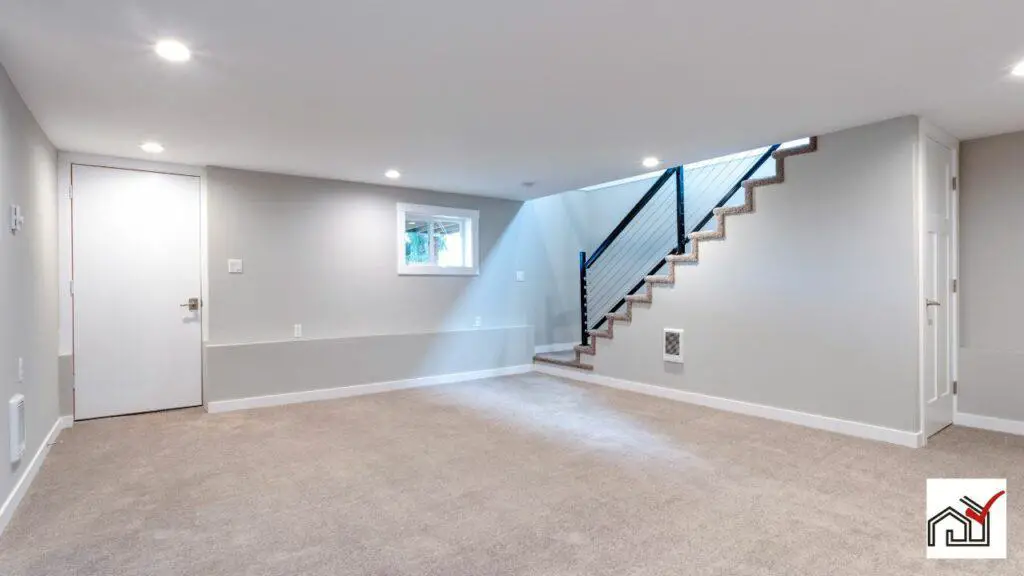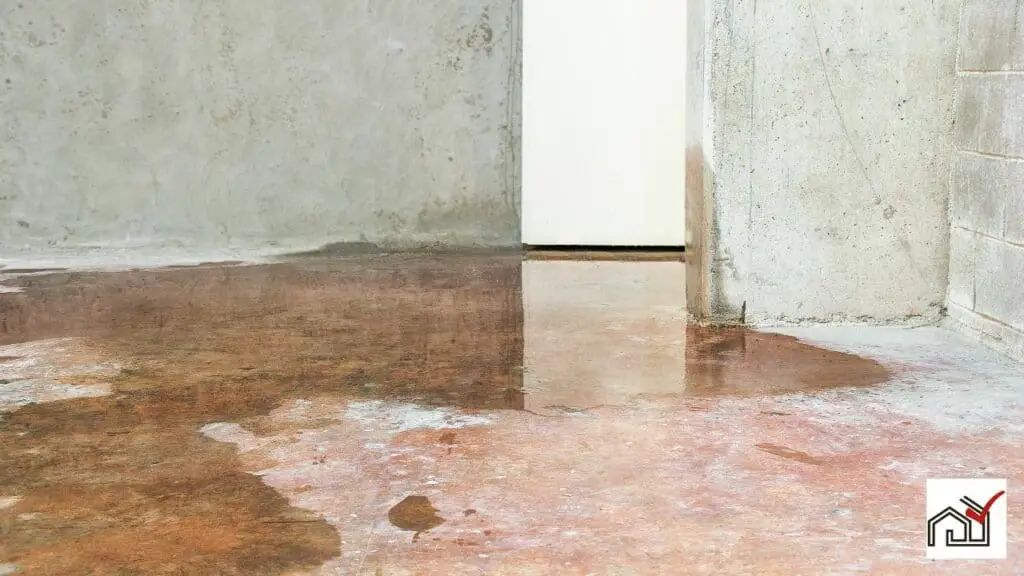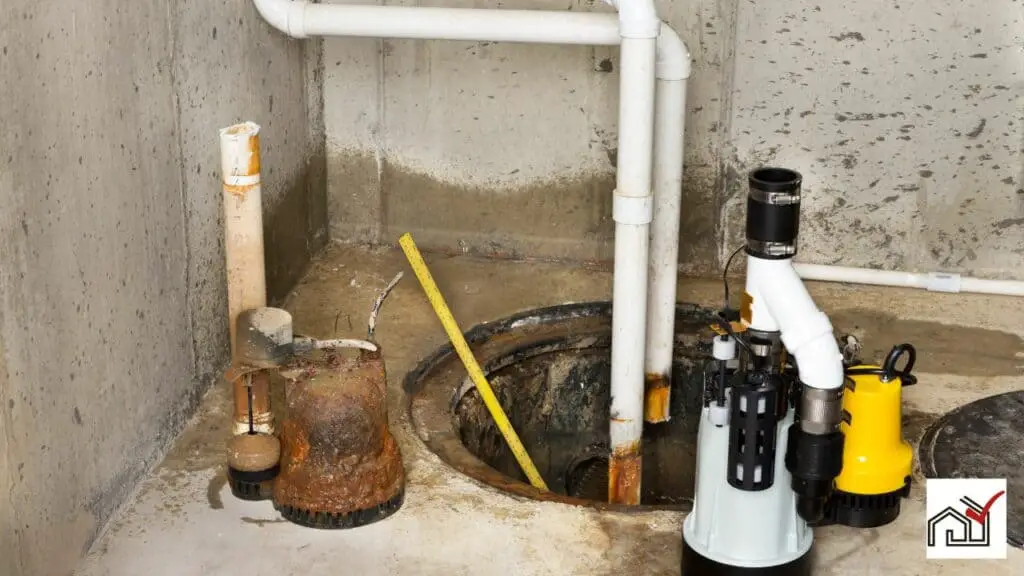Choosing the right color for a dark basement is important for its appearance and use. Light colors like soft white, light gray, or creamy beige are recommended as they reflect light and make the space seem larger. These neutral colors can be paired with brighter accents for variety.
Color also affects mood; for instance, blue is calming and green feels refreshing. The chosen color should match the basement's design and furniture for a unified look.
Understanding Basement Lighting
When selecting paint for a dark basement, consider the lack of natural light. The right color can make the space feel brighter or more enclosed. Basements typically need careful paint and lighting choices due to their low natural light.
For basements with little natural light, light-colored paints are recommended because they can reflect artificial light well and reduce the feeling of a cramped space. The paint color should complement the artificial lighting's type and color temperature to create a warm atmosphere.
Choosing basement paint colors involves considering how color looks under both natural and artificial light. A color that seems warm in a well-lit store might not look the same in a basement. It's important to consider the overall lighting plan when picking a color to achieve the desired look.
The right paint color can make a dark basement feel more welcoming and integrated with the rest of the home.
Color Psychology for Basements
In color psychology, certain colors can impact how a basement feels to those inside it. Choosing the right paint colors for a basement is important, particularly if it's dark and has low light, as the wrong color can make it feel uninviting.
Light gray paint is a good option for making a basement feel brighter and more spacious because it reflects light. It's essential to pick a warm shade of gray to avoid a cold, unwelcoming look.
Warm colors like beige or taupe help make a basement feel cozy and inviting, balancing out the natural coolness of the space. It's important to select a color that fits with the rest of the home's color scheme and coordinates with the furniture and decor for a cohesive look.
The aim is to make the basement feel like a part of the home. By knowing how colors affect mood, homeowners can make a dark basement feel bright and welcoming.
Best Brightening Paint Colors
To brighten a dark basement, choose paint colors with high light reflectance values. Creamy whites or soft pastels work well. Benjamin Moore's White Dove is a clean, neutral choice that reflects light and helps create a more open feel in basements with limited natural light.
For a touch of color, light gray is a good alternative to white. Sherwin Williams' Light French Gray or Benjamin Moore's light gray shades can illuminate a dim basement while adding sophistication.
When planning a basement's look, consider the desired ambiance. Greige tones, which mix gray and beige, provide warmth and brightness. Examples include Sherwin-Williams Mindful Gray or Magnolia One Horn White, which are versatile for a cozy and well-lit space.
The key is to choose a paint color that not only makes the basement brighter but also enhances its attractiveness, turning it into a welcoming space in your home. The right color can transform a basement with little natural light into an inviting area.
Warm Tones for Coziness
Selecting warm tones can improve a basement's ambiance, making it feel cozy and inviting. Warm cream or beige are effective for creating a welcoming environment, especially in areas with limited natural light.
For paint, Benjamin Moore's Cloud White and White Dove are warm off-white options that can enhance a basement's warmth. Greige tones like Benjamin Moore's Revere Pewter and Sherwin-Williams Agreeable Gray also add warmth without making the space feel dull.
Adding an accent wall with a darker color, such as Benjamin Moore Hale Navy or Sherwin-Williams Urbane Bronze, can provide a focal point and enhance the cozy atmosphere.
Since basements have particular lighting conditions, it's important to test colors before committing. SAMPLIZE offers peel-and-stick paint samples to help homeowners try out warm tones and choose the best one for their basement.
Cool Hues for Spaciousness
Using cool colors such as light gray and pale blue in a basement can make it appear larger and more open. Light gray walls reflect more light, which helps to expand the perceived space. Furniture and accents in similar cool shades can enhance the feeling of calm and space.
Pale blue, reminiscent of the sky and water, also creates a sense of openness, especially when used on basement walls with good artificial lighting to simulate natural daylight.
To avoid a cold appearance, it's beneficial to incorporate darker accent colors in small amounts, like in decorations or fabrics, to add depth and warmth.
Accent Walls to Consider
Choosing the right accent wall color can improve the look and feel of a dark basement. It's important to consider how the color will interact with light. A bold accent wall can be a focal point and add depth. Hale Navy is a rich navy blue that can make the space feel cozy and intimate without feeling too small.
Urbane Bronze has a green undertone and adds warmth while keeping a modern feel. It pairs well with various finishes and styles. Lighter tones on other walls can help balance the room's visual weight.
A blue-gray paint offers a refined look and can brighten the space by reflecting light. It's adaptable to many accent colors and decor changes.
Green shades can make a basement feel refreshing and calm. Sage green adds an earthy feel, while a vibrant green can energize the room. These colors should match the basement's overall color scheme and elements for a unified and welcoming space.
Testing Paint Color Samples
Testing paint colors in a dark basement is important due to the specific lighting conditions. SAMPLIZE peel-and-stick patches provide an effective way to see how different paint colors will appear in a basement. These patches are less messy than traditional swatches and can be moved around to see the effect of light on color.
Dark basements can make some colors, like grays, appear less appealing. By repositioning SAMPLIZE samples, homeowners can test how the paint interacts with their basement's furnishings, flooring, and overall decor, leading to a better paint choice.
Online Color Consulting services offer professional advice to help select suitable colors for low-light areas. This support helps homeowners choose a paint color that will improve the basement's appearance.
Testing paint colors before finalizing a decision is beneficial. It can prevent wasted time and money and avoid disappointment. Proper lighting and color choice can make a basement feel welcoming. Colors such as warm whites, greiges, and neutrals are typically suggested to add warmth and depth.





